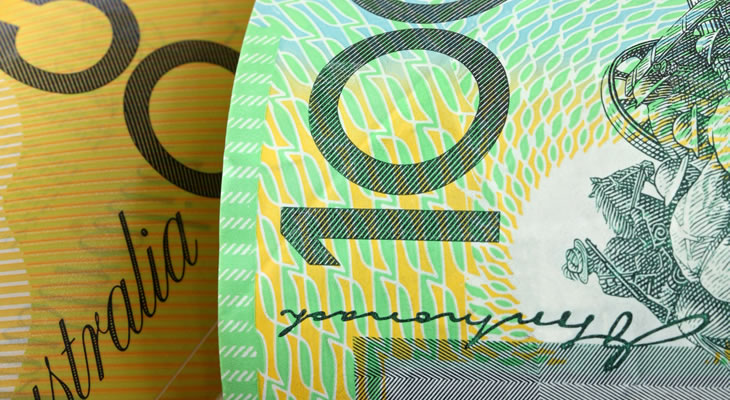Pound to Australian Dollar Exchange Rate Struggles to Climb as Brexit Fears Return
Market demand for currencies correlated to risk and trade-sentiment has been improving over the past week, leaving the Pound Sterling to Australian Dollar (GBP/AUD) exchange rate tumbling. The Australian Dollar’s appeal has been strong overall, keeping the pair low.
After opening last week at the level of 1.8522, GBP/AUD quickly began to fall. GBP/AUD recovered from the week’s 2020 lows of 1.8065, but still ended the week over three cents lower.
GBP/AUD has been unable to climb much since markets opened at the level of 1.8185 this morning.
On top of this, Sterling’s outlook is filled with uncertainties. As June draws on, the outcome of the Brexit process enters the news cycle once again.
Pound (GBP) Exchange Rates May Remain Gloomy as Brexit Returns to Focus
The Pound saw a jump in demand last week. It benefitted from weakness in the US Dollar (USD), as well as market demand for slightly riskier currencies.
However, the British currency was unable to hold its ground against an even stronger Australian Dollar.
On top of this, the Pound’s appeal is limited overall, due to revived Brexit uncertainty. June marks the final month that the UK government can ask for an extension on the Brexit transition period.
If it is not extended, Britain will leave the EU at the end of 2020 regardless of whether or not a UK-EU deal has been made. This uncertainty is keeping a lid on Sterling and will going forward too. According to analysts at ING:
‘Our team’s analysis of Google Mobility data suggests the UK is at the back of the pack for a return to normal economic activity and there’s very little clarity on Brexit negotiations.’
Australian Dollar (AUD) Exchange Rates Benefitting from Economic Hopes
The Australian Dollar was one of last week’s best-performing major currencies. It surged against many major rivals including the Pound and US Dollar (USD) due to shifting market sentiment.
Market hopes that the global economy could bounce back from the coronavirus pandemic more quickly than expected have led to a jump in risk-sentiment. This is benefitting currencies often correlated with risk and trade, like the ‘Aussie’.
AUD is also benefitting from domestic news though. The Reserve Bank of Australia (RBA) continues to indicate that it will not support negative interest rates. Plus, recent Chinese data has been strong, and the ‘Aussie’ is often correlated to Chinese economic sentiment.
According to Eugenia Fabon Victorino, head of Asia strategy at SEB:
‘In the near term, the AUD will remain supported, possibly breaching 0.70 as the market keeps its focus on positive news,
The RBA’s clear aversion to pursuing negative rates provides a firm back stop to any downward correction to the currency.’
Pound to Australian Dollar (GBP/AUD) Exchange Rate Outlook Shifts Towards Brexit
The impact of the coronavirus pandemic on economic activity will remain a focus going forward. If data continues to indicate that economies can bounce back from quarantines and lockdowns, this is likely to impress investors.
However, while the Australian Dollar may keep benefitting from this news, the Pound’s outlook is murkier.
Sterling traders are likely to become more and more anxious over the outcome of the Brexit process throughout the month. With no notable progress in talks and no signs of the transition period being extended, a cliff-edge Brexit is once again being seen as possible.
The best chance the Pound has of advancing is some solid Brexit development or hope that the process can be extended into 2021.
Australian Dollar movement, on the other hand, could find support in Australian confidence data in the coming days if it impresses investors.
Overall, the Pound to Australian Dollar (GBP/AUD) exchange rate outlook appears unlikely to significantly improve unless risk-sentiment takes a hit from the pandemic situation.


Comments are closed.